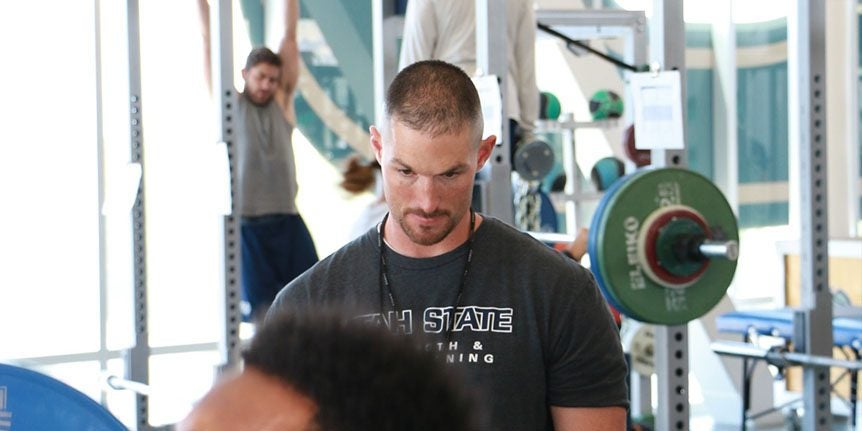My Overview of Training Youth Athletes: Part 1
By Joey Bergles, MS, CSCS, FRCms, FRA - Head High School Strength CoachBE IN IT FOR THE LONG HAUL
Training youth athletes is a long-term process. When I’m training this population, I’m not looking for short-term results, but rather looking to maximize where these young athletes are 3-5+ years down the line. If your focus is entirely on the short-term results, you’ll sacrifice what the long-term product could be. When do I want an athlete to be “peaking” from a physical development standpoint? It’s not when they’re 14 years old.
How many 14 year olds are getting scholarship offers? 1-2 a year, maybe? No, I want athletes peaking when they’re 17-18 years old. I know we live in a society now where everyone is trying to have the best 14-year-old baseball team in the country, even if that means their #1 pitcher is throwing 100 innings a year and has Tommy John surgery by the time they’re 16. Congrats. In 20 years people won’t be talking about their high school glory days, but rather their junior high glory days because they either weren’t healthy enough to play high school sports, or their peers passed them by in high school.
KNOW WHEN TO HIT THE GAS
I don’t know how many Fast and Furious movies there are, 20? I think this scene is from the 2nd one. They’re racing with the pinks on the line. One of the drivers gets excited and hits the NOS quickly. He gets that quick burst and opens up a lead on his competitor. But the race isn’t over. His competitor is more patient and waits until the ideal time to use his Nitrous. He bursts ahead at the end, wins the race, and leaves with both cars.
That’s a great example of long-term training and how I approach training youth athletes. If you’re in a 100yd drag race, hit the nitrous. The distance is so short that the long-term isn’t in the equation. Similar (keyword – similar) to if you’re training someone for the NFL combine. You’ve got 8 weeks with specific results you’re needing to obtain. My approach is going to be a lot different with that individual. That youth athlete though? It’s not a drag race, but rather a 10km run. You can’t hit the nitrous within the first 3 seconds. You’ll open up a nice lead at the start, but this isn’t a sprint. It’s like being overly concerned with what a 14-year-olds max front squat is. Important? Yes. Is it the number #1 priority, which you’ll sacrifice in other areas to get the best possible results? I think that is debatable.
In the 2nd post, I’ll dive more into my specific training approach and how it relates to this long-term concept.




